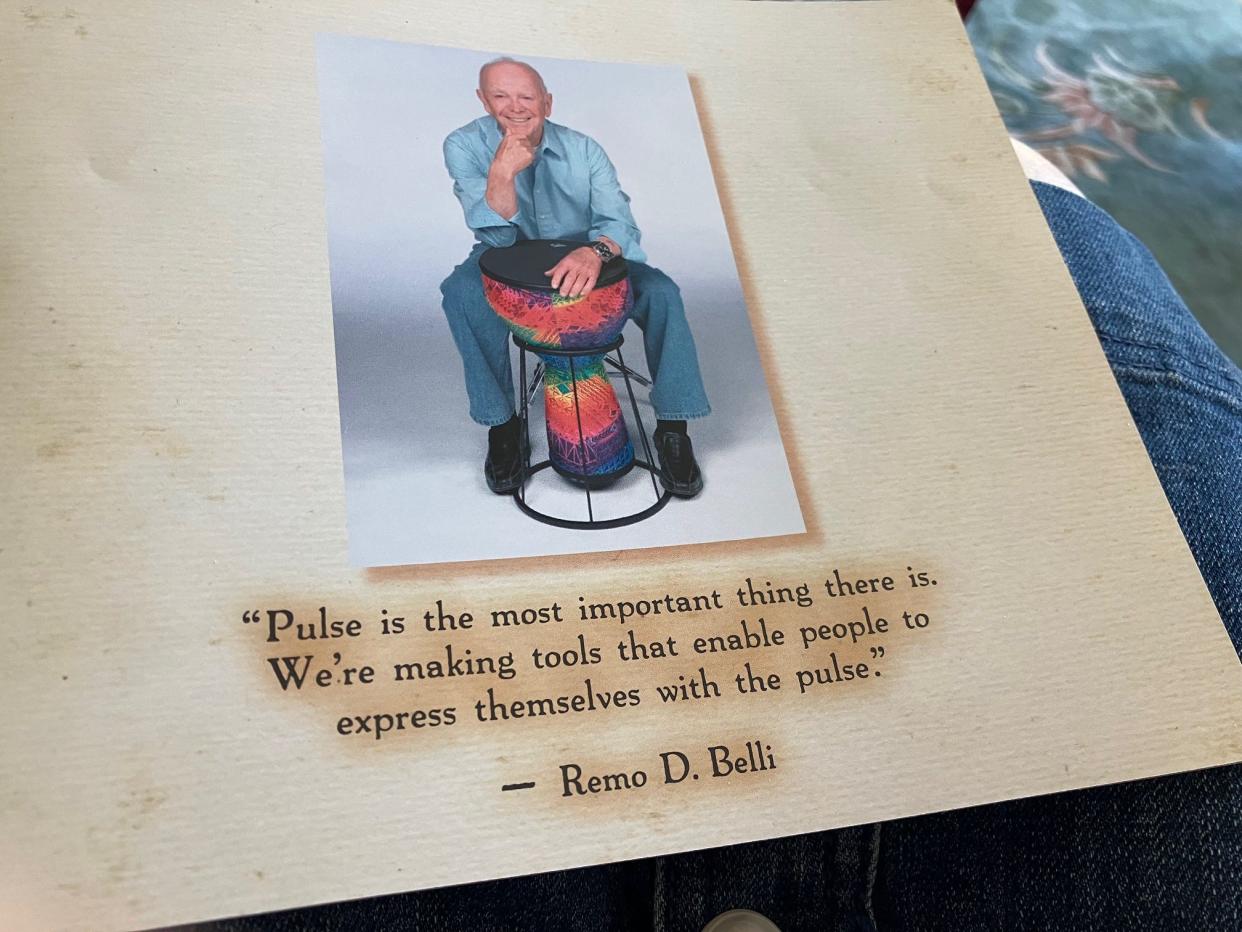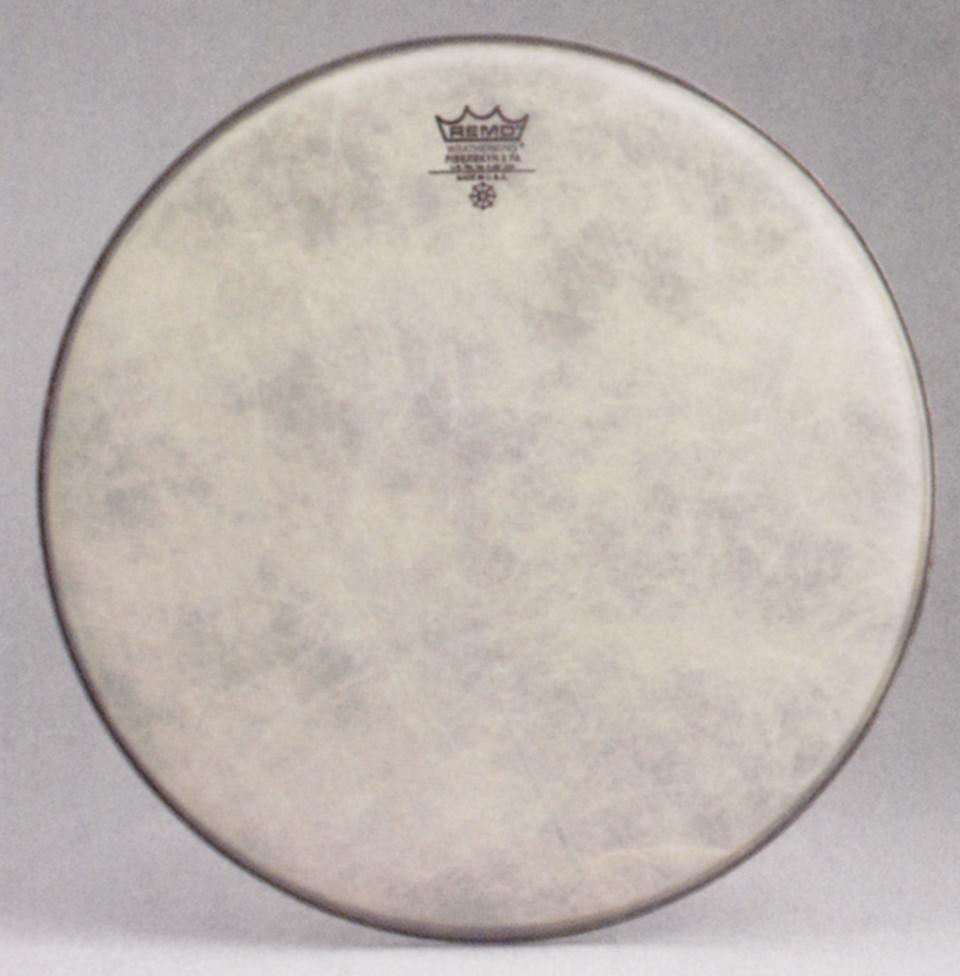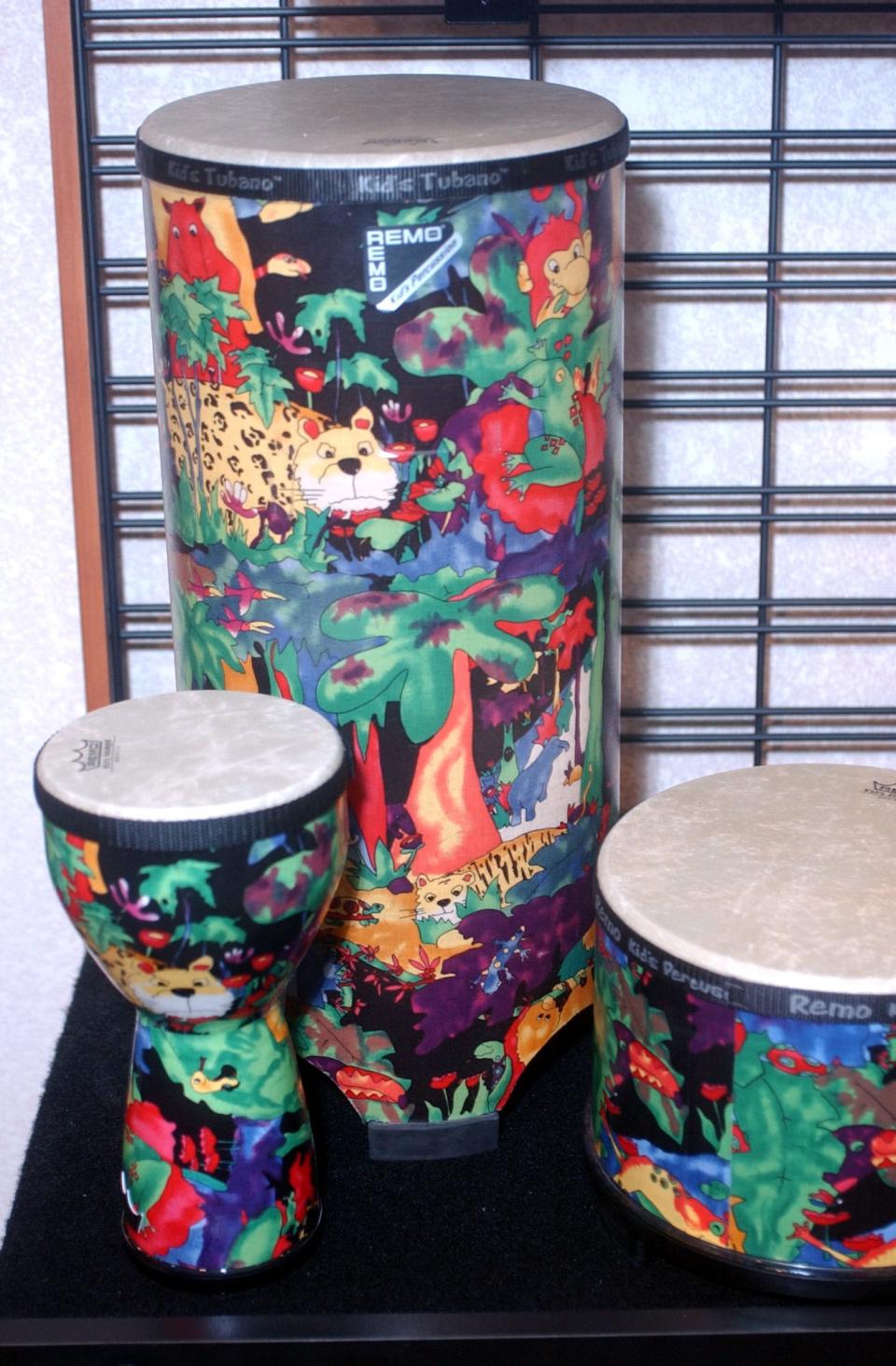Mishawaka historical group honors drumhead developer Remo Belli's childhood home
- Oops!Something went wrong.Please try again later.

MISHAWAKA — In the late 1930s and early 1940s, a street light sat at Mill and 12th streets in Mishawaka.
Elsie (Belli) Van Bruaene and neighborhood friends would hang out, listening to the band her brother, Remo Belli, an up and coming drummer, played in as they practiced in the Belli garage at 127 W. 12th St. along with friends Conte Candoli, Joe Rotondi and others.
"We'd be playing and dancing on that corner," Elsie said of a time when there were no cellphones, no cars, no distractions in a simpler time.
Little did anyone know that Remo Belli would go on to move to California after graduating from Mishawaka High School in December 1944, open a drum shop in 1952, secure a patent for a synthetic drumskin and become the preeminent drumskin manufacturer in the world.
A historical marker at the Belli childhood home will be unveiled at 1 p.m. Wednesday by the city's Historic Preservation Commission. Family and friends will be on hand to honor the man his sister, Elsie, said had a work ethic that allowed him to make friends easily while always working on his craft.
"There was no one that was beneath him," Van Bruaene said. In his years in Mishawaka, Remo got a drum set and worked hard to the point that he began getting gigs in high school when many local drummers were shipped off to fight in World War II.

In 1957, Belli founded Remo Inc. and worked with a chemist to develop a synthetic Mylar drumhead that was superior to the animal skin heads that were commonly used. When the rock and roll era took off, the full tone and the reliability of the drumheads made a "Remo" symbol the gold standard for all types of drums that continues today.
Peter DeKever, the city's historian laureate, claims that Remo Belli may be the "most successful and significant graduate Mishawaka High has ever produced."
A drummer's origins
Remo Belli was born in Mishawaka in 1927 and was always around music with the bands that played locally.
His father wanted Remo to play the accordion, but the drums were Remo's instrument of choice and he began watching the local drummers and learning the craft from them.

According to a oral history given by Remo Belli to the Smithsonian Institution, Remo said he was given a snare drum in middle school and knew he wanted to be a drummer by the time he entered Mishawaka High School.
The war took many of the local musicians to serve in the military, and that opened the door for Belli and his friends to get their union cards and begin playing professionally.
By the time he graduated, Belli started playing with more bands until he joined the Navy. But in 1946, after getting to play in the service, he returned home and found a ride to California, where he played gigs until he decided to open a drum shop in 1952 with Roy Harte that would serve the area's best drummers.
Belli told a Tribune reporter in 2002 that his seasoning as a road and session drummer for the likes of Billy May, Anita O'Day and Betty Hutton gave him the impetus for the drum business.

New day for drums
But a lot would change with the drumhead when Belli learned about Mylar.
He and a chemist named Samuel Muchnick found that they could mass produce drumheads made from Mylar, a polyester developed by the DuPont chemical company during World War II.
Belli said in a 2002 interview that Mylar was very difficult to hold in place and to hold up to the tension drummers need to put on a drumhead and then withstand the beating on a drumhead.
The synthetic drumhead replaced the unreliable calf's skin that had been used for drumheads until that time.
It was a matter of time before all the drumheads adopted the synthetic one produced by Belli's company. As the rock ’n’ roll era of the 1960s boomed, so did the need for drums and drumheads that carried the Remo logo.
Today, current drummers may not have known Remo Belli, but they do use his company's drumskins.
Mike Shell, drummer with the jazz group The Buddy Pearson 3, said he uses Remo drumheads because he appreciates the tone and the durability.
"They have so much tone and resonance, especially for rock and jazz," Shell said. "It definitely has a place in my sound palette."
Email South Bend Tribune reporter Greg Swiercz at gswiercz@gannett.com.
This article originally appeared on South Bend Tribune: Mishawaka Indiana honors native Remo Belli, drumhead developer

